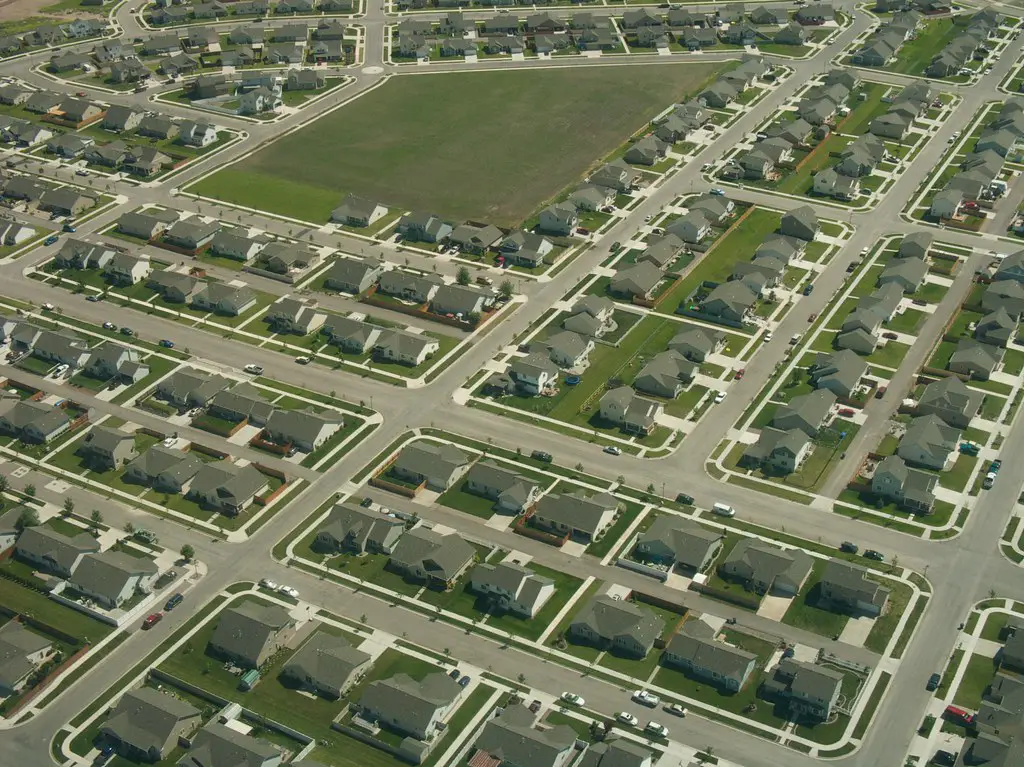How Seville’s Hidden Treasures Became the World’s Largest Glued Wood Structure
Not too long ago, the local government of Seville –a beautiful 2,000 year-old town in southern Spain- decided to move the usual farmers’ market location across the street, in order to develop a contemporary gathering place in the heart of this historic town. Initial expectations for the new building did not exceed a simple three-story structure; however, as the construction of this new sizzling hot spot began, they were quite astonished to find a hidden treasure.
Underneath the weekly meet-and-greets of the organic food, handmade jewelry, and freshly baked bread, the unspoken history of Seville had been laying for hundreds of years. These findings were said to be Seville originals, made up of various metal and wooden artworks from many centuries ago. Since most of the pieces had been able to maintain a strong aesthetic and historical value, the local government decided to launch a competition to design a contemporary building which not only functioned as a new gathering place, but also incorporated the new findings of the old Seville – a museum of some sort. A German architect, Jüergen Mayer H. (also known as J. Mayer H.), did just that, but also created one of the most fascinating pieces of art that stands on the ground today. That is the story of Metrosol Parasol. And Seville, well, it is a beautiful 2000 year-old city in southern Spain. So how is it that two creations with such difference can complement one another so thoroughly, instead of reducing each other’s value?

J. Mayer’s creation is made entirely from polyurethane-covered wood held together by a new type of glue, making it the biggest glued wood structure on earth. With its wavy woven curves, Metrosol Parasol consists of five levels; the garage, the museum, the new farmers market, the ‘sky café’, and the ‘sky walk’. The latter two are perfect for Seville’s urban setting; you get a 360-degree view of the town from both. While the ‘sky walk’ takes you from one side of the street to another, it is no ordinary walkway. At 450 feet long and seven stories high, it offers a unique way of experiencing the town.
Similar to most historic towns and cities around the globe, Seville’s construction requirements would decline any new development to exceed the maximum height of the tallest church, cathedral, or castle. In other words, a proposal of a new building regardless of its magnificent design could be denied if it is taller than the tallest cathedral in Seville. With this understanding, and his appreciation for the importance of historical characteristics of a city to its contemporary personality, J. Mayer was able to incorporate Seville’s old values with its modern interests. He, therefore, incorporated the old and the new in his design to create a magnificent piece of art to not only function as a new farmers’ market and museum, but to also become a contemporary icon of Seville. This complex and abstract masterpiece -with its unique shape, material, and size- has gratefully wedded the old and the new in a complementary way.

Many compare Metrosol Parasol to Frank Gehry’s Guggenheim in Bilbao, both being contemporary icons in historic cities. What J. Mayer and Gehry both understood was that even though contemporary structures may be a necessity in today’s urban settings, it is extremely important to understand the characteristics of these towns and cities. It is only with that kind of appreciation that such contemporary pieces could stand strongly, gracefully, and independently, yet in complete coordination with such historically rich areas. Furthermore, not only do the two stand accurately represent the contemporary interests of these two historic cities, they have boosted the local economy through their unique designs, providing everyone around the world with an additional reason to visit these historic sites.


